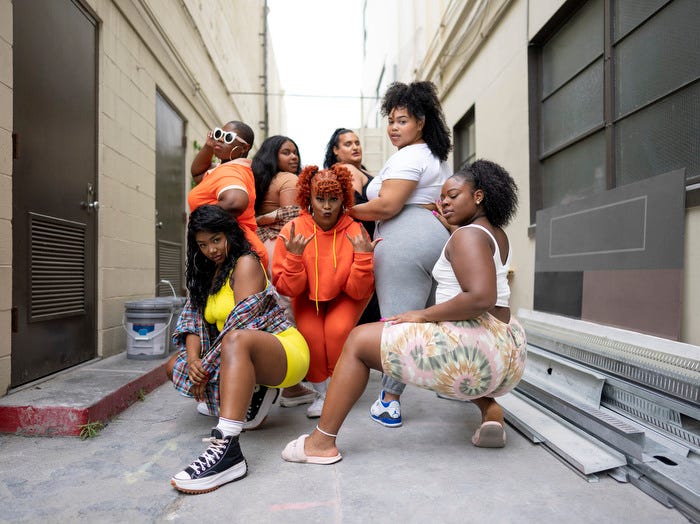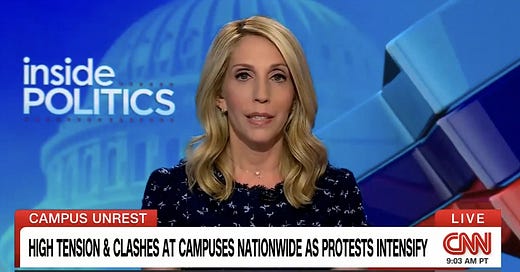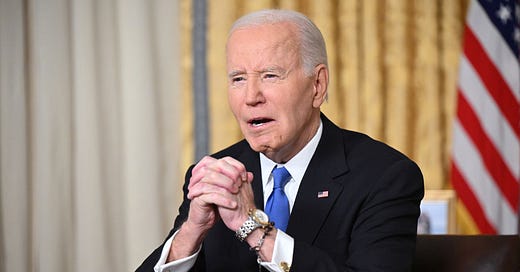
Turns Out You Could Have a TV Show That Doesn’t Tear Fat People Down
In a media landscape that hates fat bodies, Lizzo's new dance competition show brings sweet relief.

Leave it to Lizzo to create a competition show that bucks reality TV standards by putting fat, Black women front and center and refusing to pit them against one another. In the series Lizzo’s Watch Out for the Big Grrrls, streaming on Amazon Prime Video on Friday, 10 dancers compete for a chance to join Lizzo’s backup dancer troupe Big Grrrls and perform with the superstar at the Bonnaroo Music & Arts Festival in Manchester, Tennessee.
Across eight episodes, the dancers learn the choreography to Lizzo’s 90-minute Bonnaroo set and prove their worth through performance challenges. They also receive training and guidance from Big Grrrl dancers, famed choreographers and body movement experts.
This is the LAST DAY of our special spring sale! Get 25% off all new annual subscriptions now!
And though some dancers are cut from the team, it’s not because they were outshined by someone else — the women aren’t competing for a certain number of spots at Bonnaroo and, unlike traditional competition shows, dancers aren’t dismissed with each episode. The format gives cutthroat performances a rest, giving way to genuine scenes of sisterhood and camaraderie.
When Lizzo announced the series last month, I immediately knew that I wanted to review it because of how well her persona coincides with my own interests. I write about anti-fatness and fatphobia, and Lizzo’s celebrity focuses on her being a plus-sized Black woman who seeks to normalize fat bodies. And so I was eager to see how that translated into a show that ostensibly put fat women first, particularly one whose main objective is rooted in physical performance and a form of exercise. Because the truth is, reality television has rarely, if ever, been kind to fat people.
On weight loss shows, fat people are pushed to get thinner through punishing exercise and unsustainable diets, their celebrity trainers verbally abusing them for their perceived laziness. On other competition shows, their size is seen as a hindrance to their success, and other contestants express clear contempt for their fatness. On talk shows and docuseries, fat people are made to look stupid and dumb, their trauma exploited to justify their fatness. And on dating shows, they are nonexistent.
That’s what made watching Big Grrrls so surprising to me. Not surprising coming from Lizzo, but surprising to watch on television at all. Lizzo’s show accomplishes making fatness normal by just showing plus-sized women as they are, and not by focusing on their experience as fat people, but by focusing on their experience as people whom the world mistreats because they’re fat, or Black, or trans.
The women on the show are eating fried food without moralism or sin or virtue being attached to what they’re eating. They’re getting injured while learning the choreography without their weight being blamed for their injury. They’re being critiqued for their ability to perform the dance routines not because of their fatness, but because of their stamina or attention to detail. They’re shown working out without fat loss being the focus of their regiment. All of these things are so normal that I find myself almost feeling stupid for being excited about what is, essentially, showing the bare minimum when it comes to portraying people with larger bodies.
But that’s the thing. This is what it looks like to do the bare minimum when the bar is in hell, when every single exercise competition-related show has been about punishing people for having fat bodies, as if that is exactly what they deserve for daring to exist in the body they have.
While the show’s focus on fat, Black and queer women is inherently political, it’s not actively preaching body positivity or fat acceptance. At least, not in the way that Instagram or TikTok influencers sell these things. The contestants talk about the way the world has treated them because of their size and racial and gender identities, and the way their lives have shaped their relationship to dance, but unlike other shows with fat contestants their backgrounds aren’t exploited to become explanations for their size. Their identities are centered and validated without devolving into what’s often made of backstories like these — that this is the reason someone has an “eating problem,” or why they’re unmotivated to lose weight, or why they’re fat, all used as justification for someone’s size, as if fat bodies must be justified to exist at all.
These women also aren’t here to be a lesson to thin people for why being nice to fat people is important, though the very nature of the show does communicate an inherent value in fat people who can dance — in other words, perform health and fitness — and subsequently buck traditional expectations of fat people. And in that sense, Big Grrrls isn’t a radical show by any means. Though most of the cast is Black, they do give greater focus to a few contestants who are lighter-skinned or white earlier on in the show, over Black or darker-skinned women who are more technically skilled. That in itself might be explained by the dismissal of some of those women earlier in the show, but as a viewer, I still would have appreciated getting to learn more about the other dancers earlier on. The women on the show are diverse in body type, but most of them are on the smaller side of the range of body sizes. The show also rarely if ever uses the word “fat” in any context, too. I can understand that to an extent, since people use a wide range of terms to describe their size, but I did think it was a strange decision given that Lizzo talks about fatness in her own advocacy.
Even still, I find the most powerful aspect of this show to be that Lizzo and other producers have made the choice to just show fat people existing, and to let them be. The contestants are given this space to explore themselves and ascribe their weight to their identity as they see fit. A major critique of identity-based representation is that shows and movies do not just let a diverse cast of characters exist in the world. They must be constantly shown to reckon with their marginalization — they cannot just live lives, with their identities just being a small part of who they are. But in this show, they exist, not as fat dancers, but as dancers who are also fat.
I’m generally cautious to connect representational media to any broader social issue. Putting marginalized people in movies and TV doesn’t inherently deliver material change for other people from that same background, though I don’t think Big Grrrls is trying to make that argument. But this is just one avenue of normalizing fatness, because the biggest problem that anti-fatness causes for fat people isn’t that their feelings will be hurt, or that they’ll be excluded from dancing for Lizzo. It’s that systemic anti-fatness makes it harder for fat people to seek and get proper medical attention, and that it leads to job discrimination, makes being in public far, far less accessible for them, and makes it harder for fat people to exist in peace.
Big Grrrls isn’t the end-all, be-all for fat liberation, but in terms of media portrayals, Lizzo has set the new bar for how fat people should be depicted and respected. I would only encourage creators of media centering fat people to push further, and not just normalize fatness for people who can perform health, but also normalize fatness for people who can’t. On a more selfish level, I feel mournful for my younger self that this is the kind of show that’s been missing this entire time, and disappointment that shows like Big Grrrls will undoubtedly become the exception in future media portrayals of fat people, and not the rule.











